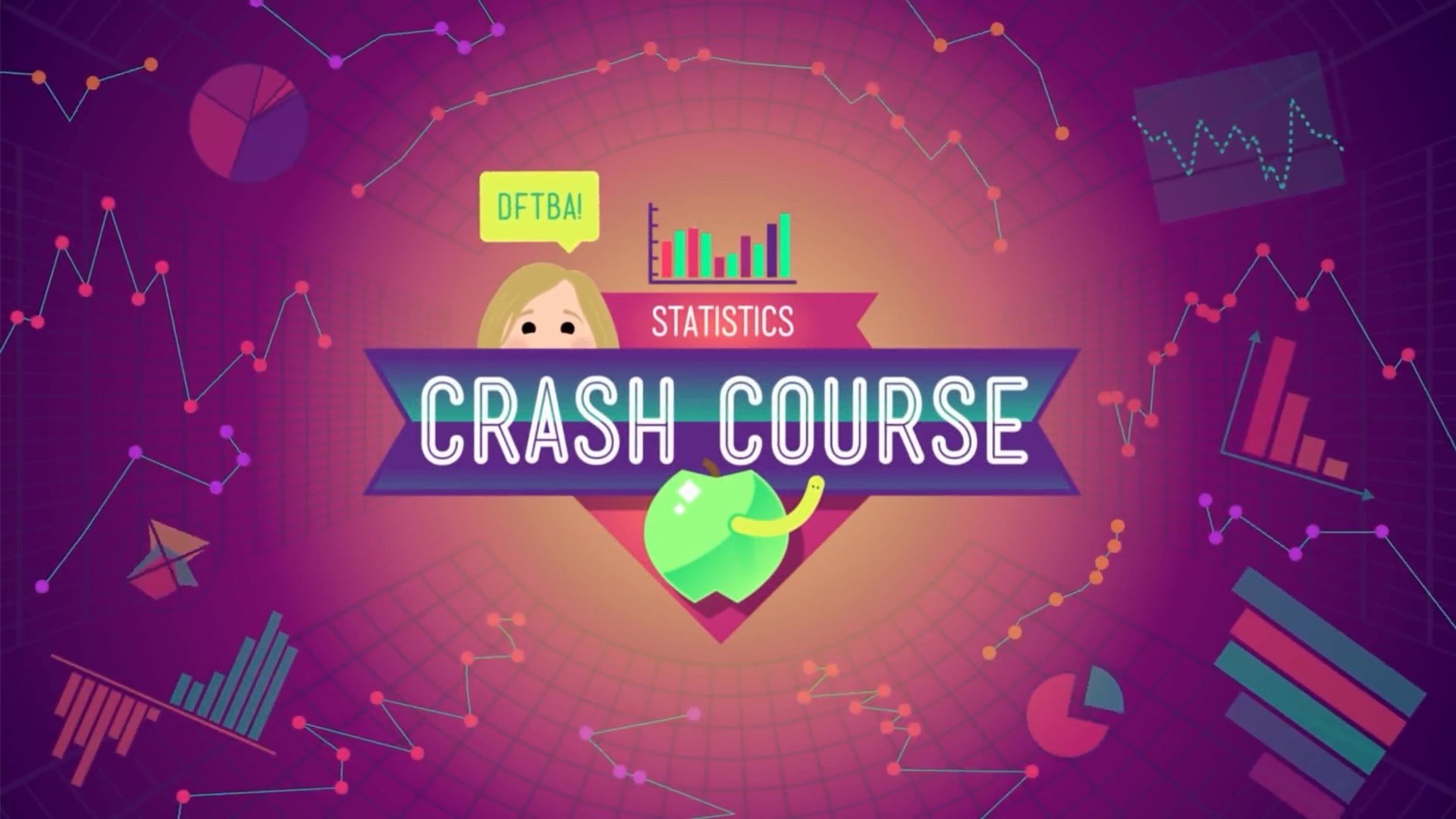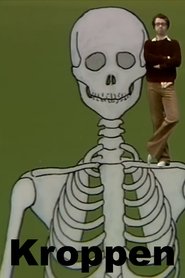
Crash Course Statistics
Welcome to Crash Course Statistics! In this series we're going to take a closer look at how statistics play a significant role in our everyday lives. Now this a "math" course, and there will definitely be some math, but we're going to focus on how statistics is useful and valuable to you - someone that performs AND consumes statistics all the time. Statistics are everywhere from batting averages and insurance rates to weather forecasting and smart assistants, and it's our hope that when you finish this series you'll get a better idea of the role statistics play in helping us better understand the world!
- Created By
- First Aired on
Jan 24, 2018
- Popularity: 3.2752
- 1 votes
- Networks

- Production
Complexly
- Status: Returning Series
In Production
1 seaons till Jan 09, 2019
Last episode: When Predictions Succeed
Seasons & episodes
Total 1 seasons, 44 episodes

Statistics
Aired

Episode 1What Is Statistics13 min
Welcome to Crash Course Statistics! In this series we're going to take a look at the important role statistics play in our everyday lives, because statistics are everywhere! Statistics help us better understand the world and make decisions from what you'll wear tomorrow to government policy. But in the wrong hands, statistics can be used to misinform. So we're going to try to do two things in this series. Help show you the usefulness of statistics, but also help you become a more informed consumer of statistics. From probabilities, paradoxes, and p-values there's a lot to cover in this series, and there will be some math, but we promise only when it's most important. But first, we should talk about what statistics actually are, and what we can do with them. Statistics are tools, but they can't give us all the answers.

Episode 2Mathematical Thinking11 min
oday we’re going to talk about numeracy - that is understanding numbers. From really really big numbers to really small numbers, it's difficult to comprehend information at this scale, but these are often the types of numbers we see most in statistics. So understanding how these numbers work, how to best visualize them, and how they affect our world can help us become better decision makers - from deciding if we should really worry about Ebola to helping improve fighter jets during World War II!

Episode 3Mean, Median, and Mode: Measures of Central Tendency11 min
Today we’re going to talk about measures of central tendency - those are the numbers that tend to hang out in the middle of our data: the mean, the median, and mode. All of these numbers can be called “averages” and they’re the numbers we tend to see most often - whether it’s in politics when talking about polling or income equality to batting averages in baseball (and cricket) and Amazon reviews. Averages are everywhere so today we’re going to discuss how these measures differ, how their relationship with one another can tell us a lot about the underlying data, and how they are sometimes used to mislead.

Episode 4Measures of Spread11 min
Today, we're looking at measures of spread, or dispersion, which we use to understand how well medians and means represent the data, and how reliable our conclusions are. They can help understand test scores, income inequality, spot stock bubbles, and plan gambling junkets. They're pretty useful, and now you're going to know how to calculate them!

Episode 5Charts Are Like Pasta - Data Visualization Part 110 min
Today we're going to start our two-part unit on data visualization. Up to this point we've discussed raw data - which are just numbers - but usually it's much more useful to represent this information with charts and graphs. There are two types of data we encounter, categorical and quantitative data, and they likewise require different types of visualizations. Today we'll focus on bar charts, pie charts, pictographs, and histograms and show you what they can and cannot tell us about their underlying data as well as some of the ways they can be misused to misinform.



















